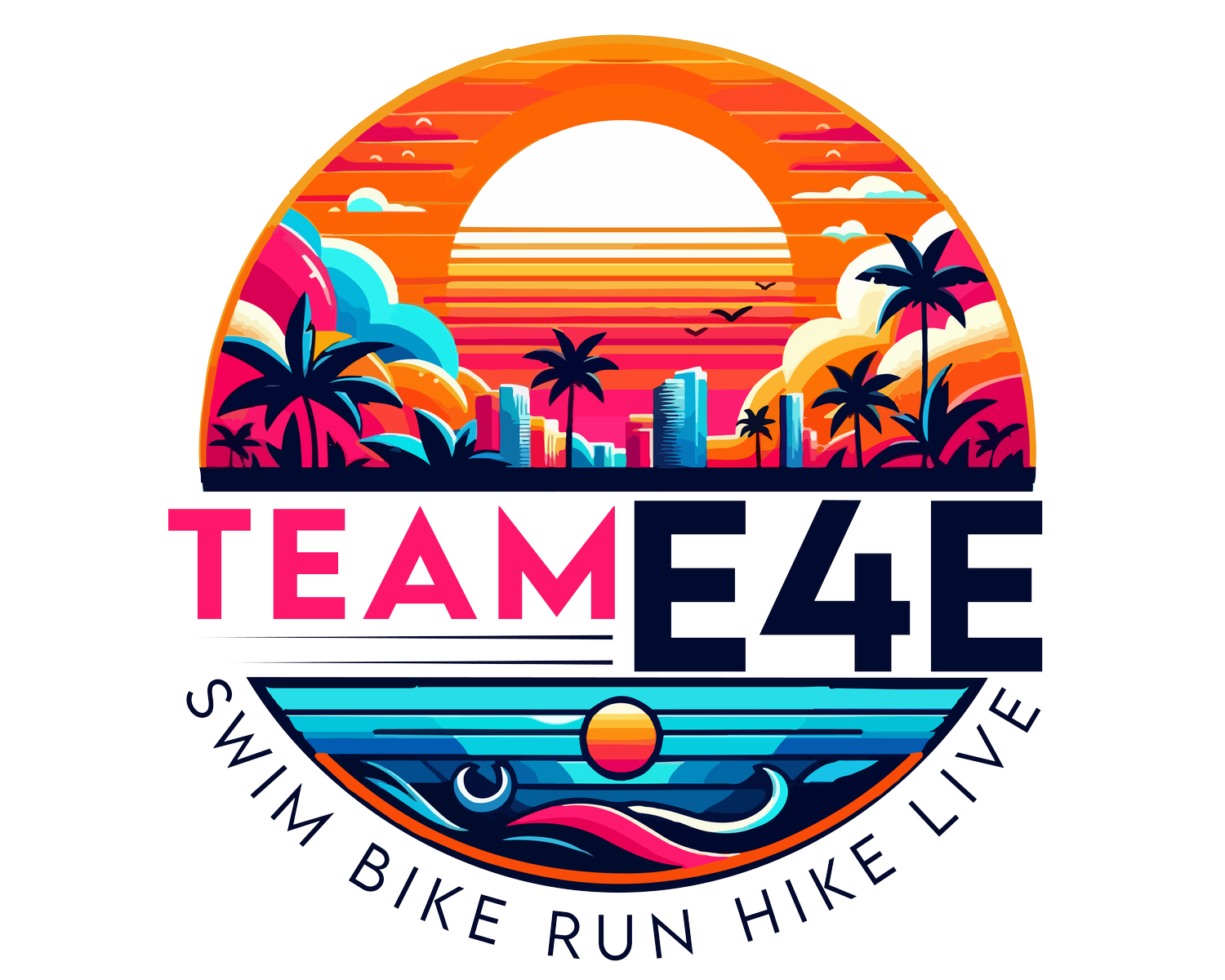Combating the Over 60 Stereotype
The stereotypical portrayal of individuals over the age of 60 can be misleading and often does not align with the reality of today's aging population. Many people in this age group are active, vibrant, and far from frail. This perception gap raises important questions about ageism, representation, and the evolving nature of aging. In addressing this issue, we can explore several facets, including the changing demographics and attitudes toward aging, the importance of accurate representation in media and literature, and resources that offer a more contemporary view of fitness and muscle building for those over 60.
Changing Demographics and Attitudes Toward Aging
The first thing to note is that today's 60-year-olds are not the 60-year-olds of the past. Advances in healthcare, nutrition, and an increased focus on physical fitness have contributed to people living longer, healthier lives. The World Health Organization (WHO) emphasizes the concept of "active aging" to enhance the quality of life as people age, which includes staying physically active to maintain muscle mass, strength, and endurance.
Moreover, societal attitudes towards aging are evolving. There's a growing recognition that age is just a number and not a definitive marker of physical capability or appearance. This shift is partly driven by public figures in sports, entertainment, and politics who defy traditional age expectations, showing that age does not limit one's ability to remain active, engaged, and visible in society.
The Importance of Accurate Representation
Your observation about the portrayal of individuals over 60 in fitness literature speaks to a broader issue of representation. Accurate, diverse representation matters because it can influence public perception and personal self-image. When media and books exclusively feature older adults as frail or significantly aged, it perpetuates stereotypes that don’t reflect the diversity and capabilities of the aging population.
This misrepresentation can have tangible effects. For instance, it might discourage some individuals from pursuing fitness goals because they mistakenly believe it's too late for them to make significant physical improvements. Conversely, seeing relatable, strong, and active older adults in fitness materials can be incredibly motivating and affirming, especially for those starting their fitness journey later in life.
Seeking Authentic Resources
Finding resources that accurately represent and address muscle building over 60 without succumbing to stereotypes requires digging, but they are out there. Books, articles, and online platforms dedicated to senior fitness increasingly acknowledge the capabilities and needs of older adults. These resources often emphasize strength training, flexibility, balance, and cardiovascular health as critical components of maintaining and improving physical fitness at any age.
Books: Look for books focusing on strength training and fitness for older adults, but check the author's credentials and philosophy towards aging and fitness. Titles that emphasize adaptive fitness, lifelong health, and the science of aging well can offer both inspiration and practical advice.
Articles and Blogs: Many fitness professionals and health experts write about senior fitness with a modern understanding of what aging today looks like. Websites of reputable health organizations often have sections dedicated to older adults, providing inspirational and grounded articles on current fitness and health research.
Online Communities and Social Media: Platforms like YouTube, Instagram, and specialized forums can be excellent sources for finding relatable content creators and communities. Many trainers and fitness enthusiasts over 60 share their journeys, tips, and routines online, offering a more authentic and encouraging perspective.
Moving Forward
There is a need for a shift in how we portray aging, especially in contexts like fitness and health. It's a call to action for authors, publishers, and content creators to update their perspectives and representations to reflect the reality of aging today. As you seek resources, remember that your journey and experiences contribute to a broader dialogue about aging, fitness, and representation. By choosing to pursue your fitness goals and seeking out resources that resonate with your experience, you're enhancing your own life, challenging outdated stereotypes, and inspiring others in your age group to do the same.
In conclusion, the portrayal of individuals over 60 in fitness literature often fails to capture the vibrancy and diversity of this age group. As society's understanding of aging evolves, so too should the representation in media and literature. By seeking out and supporting resources that offer a more contemporary and accurate view of aging, individuals can find inspiration and guidance for building muscle and maintaining health well beyond 60, challenging stereotypes, and redefining what it means to age gracefully and vigorously.
